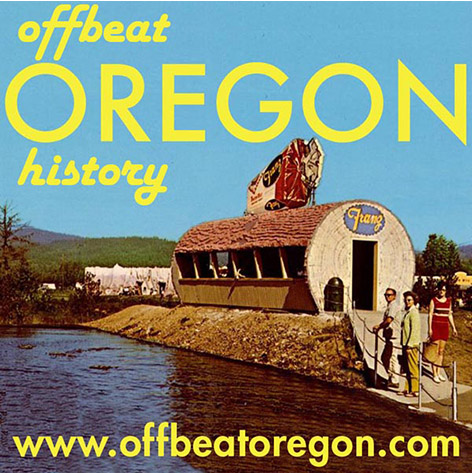CONTINUED FROM THE PRINT EDITION:
Oregon's bridge style is McCullough's legacy
In a sense, that’s because McCullough was lucky — lucky he was a designer of bridges and not of office buildings or parking garages. In most architecture, there’s a tension between aesthetics and utility. A super pretty building with lots of gingerbread touches surrounded by ornamental plantings is more aesthetically pleasing than a plain shoebox-shaped building in the middle of a parking lot; but it’s also a lot more expensive, both to build and to maintain. Bridges aren’t like that. Most of their function follows their form; you can’t take many liberties with a basic arch, or concrete pier. So the difference between a classically designed span, with obelisks at the entrances and a tasteful concrete handrail along the sidewalks at each edge, and a minimally ornamented “brutalist” design, is way less than one percent of the budget. McCullough recognized this. He knew that he could deliver bridges that cost less than expected while looking and working far better. Plus, he’d seen what had happened when Samuel Lancaster created the highway-engineering work of art that was the Columbia Gorge Highway a decade before. The extra expense paid to design something special had been more than made up for by its contribution to tourism; people from all over the country were still coming to Crown Point to drive on that highway. There’d been a lot of extra expenses on Lancaster’s project: Italian stonemasons, the marble walls at Crown Point, the spectacular tunnel arch at Mitchell Point. On McCullough’s bridges, there was hardly any, so it was a no-brainer. In many cases, his projects came in under budget. This, then, was Conde McCullough’s particular genius: figuring out how to make the most gorgeous soaring arches and architecturally sophisticated designs cost less, rather than more, to build and maintain. There is no typical Conde McCullough bridge. McCullough knew picking the right design and material for each project could save huge amounts of money. So each bridge he built was different — sometimes radically so — from the next. In general, though, he preferred to build in reinforced concrete, using the cleanest and most elegant arch design possible, sparely but significantly decorated in motifs that felt appropriate to the scenery. Knowing he was building a bridge for the ages rather than just for his own age, he avoided architectural trends of the moment and drew from motifs going all throughout history. The Cape Creek Bridge at Devil’s Elbow, for instance, looks like a Roman aqueduct. The obelisks at the entrance of most of his larger bridges set an art-deco tone, like miniature skyscrapers. (They are there to protect the bridge’s vulnerable structure points in case a truck hits them, and sometimes to provide additional mass.) The result is that, unlike something like Oregon City’s municipal elevator or the Oregon state capitol building (both of which scream “I was built in the mid-1950s” at the top of their metaphorical lungs), a Conde McCullough bridge looks like it’s been there forever — like it grew there, stalagmite-like, over the centuries.
McCULLOUGH’S FIRST MAJOR bridge project for the state was the Rock Point Bridge over the Rogue River, in Jackson County; it opened the year after McCullough was hired, in 1920. By the end of 1922 he’d designed and built five more bridges, including his first multi-arch design in Myrtle Creek and the remarkable soaring concrete-covered steel arch bridge in Oregon City. But he’s most famous today for the bridges he designed to replace the slow, expensive ferries along the Roosevelt Military Highway — now known as Highway 101. These include the bridges at Gold Beach, Reedsport, Florence, Newport, Depoe Bay and the mile-long piece de resistance that bears McCullough’s name today over Coos Bay.
|








